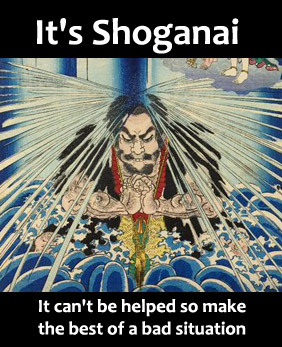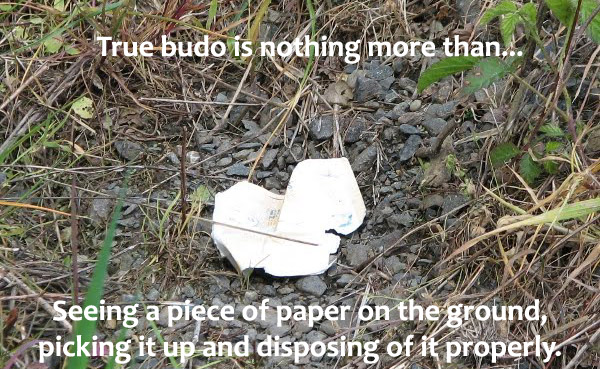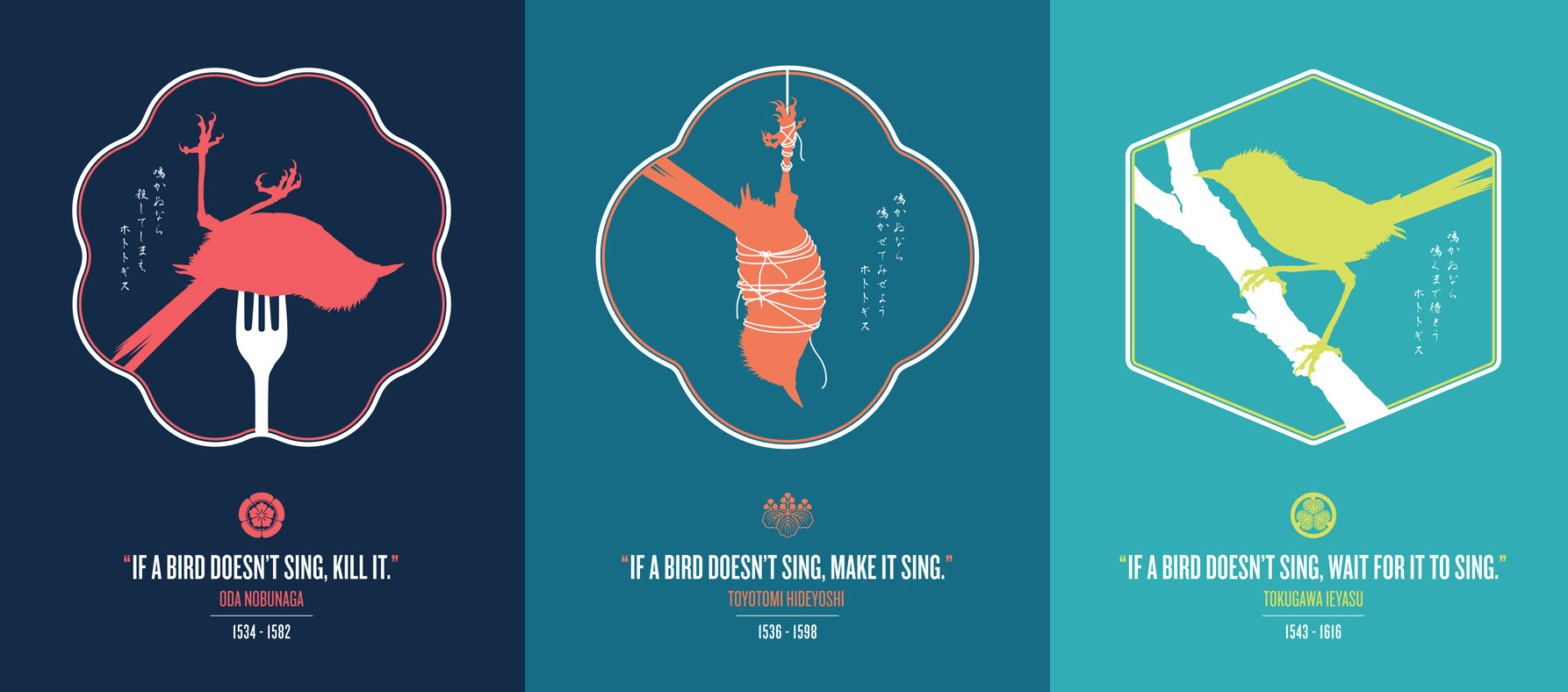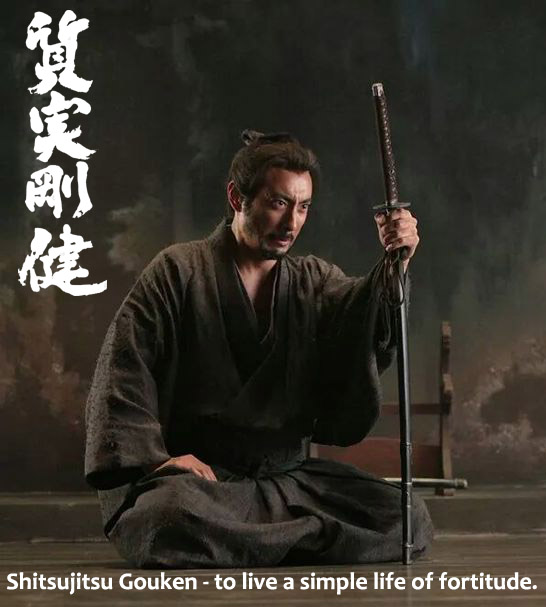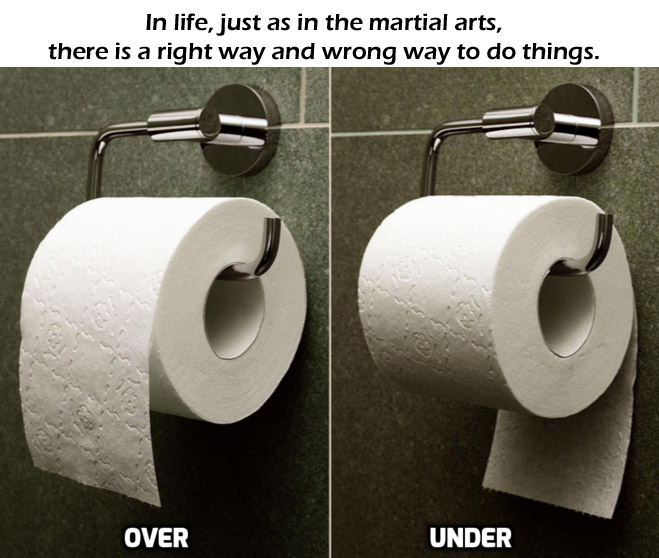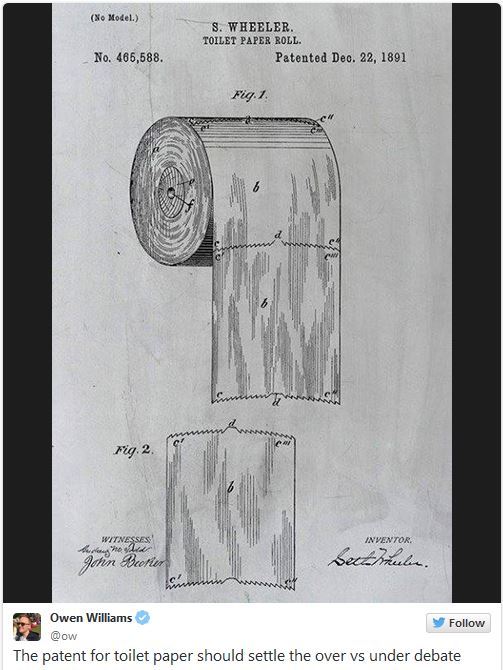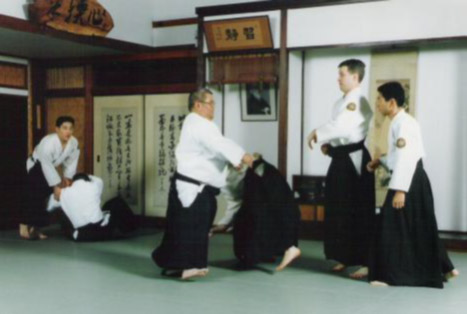 There is a Buddhist saying which some attribute to the Buddha that I am fond of, "It is better to conquer yourself than to win a thousand battles. Then the victory is yours."
This saying is very much budo inspiring. Today, so much time is spent talking about what is "real" or true in the martial arts with practitioners on both sides claiming that their way is the best or only way.
There is a Buddhist saying which some attribute to the Buddha that I am fond of, "It is better to conquer yourself than to win a thousand battles. Then the victory is yours."
This saying is very much budo inspiring. Today, so much time is spent talking about what is "real" or true in the martial arts with practitioners on both sides claiming that their way is the best or only way.
Both arguments are hollow. The only true way is the way that one truly follows. All else is just talk and babble which distracts us from the real reality of actually following it. I am talking about actually living it as best we can.
The Way or do (道) as it is referred to in Japanese traditional arts may be interpreted as a path, but more over its is the direction by which one lives their life.
Following the Way is a doing thing which requires action not a talking thing which can easily be taken over by one's ego. The Spanish proverb, "Who knows most speaks least." is apropos to budo.
Shall we talk about it? Shall we even fight with each other about it? Both of those things distract us from the true battle which exists within.
Furuya Sensei used to say, "The Way is in training." Training is a doing thing. It takes so much focus and concentration that any little distraction like spending time discussing or arguing about it only leads us away from the Way. Sensei didn't say the Way is in talking he said, "The Way is in training." Training is a doing thing.
Don't get caught up in finger pointing or chest beating, none of which matters. Who is truly following the Way will be evident by their actions and not by what they say.
The one true way is the one that we follow in thought, speech and in action. Everything else is just a distraction.



